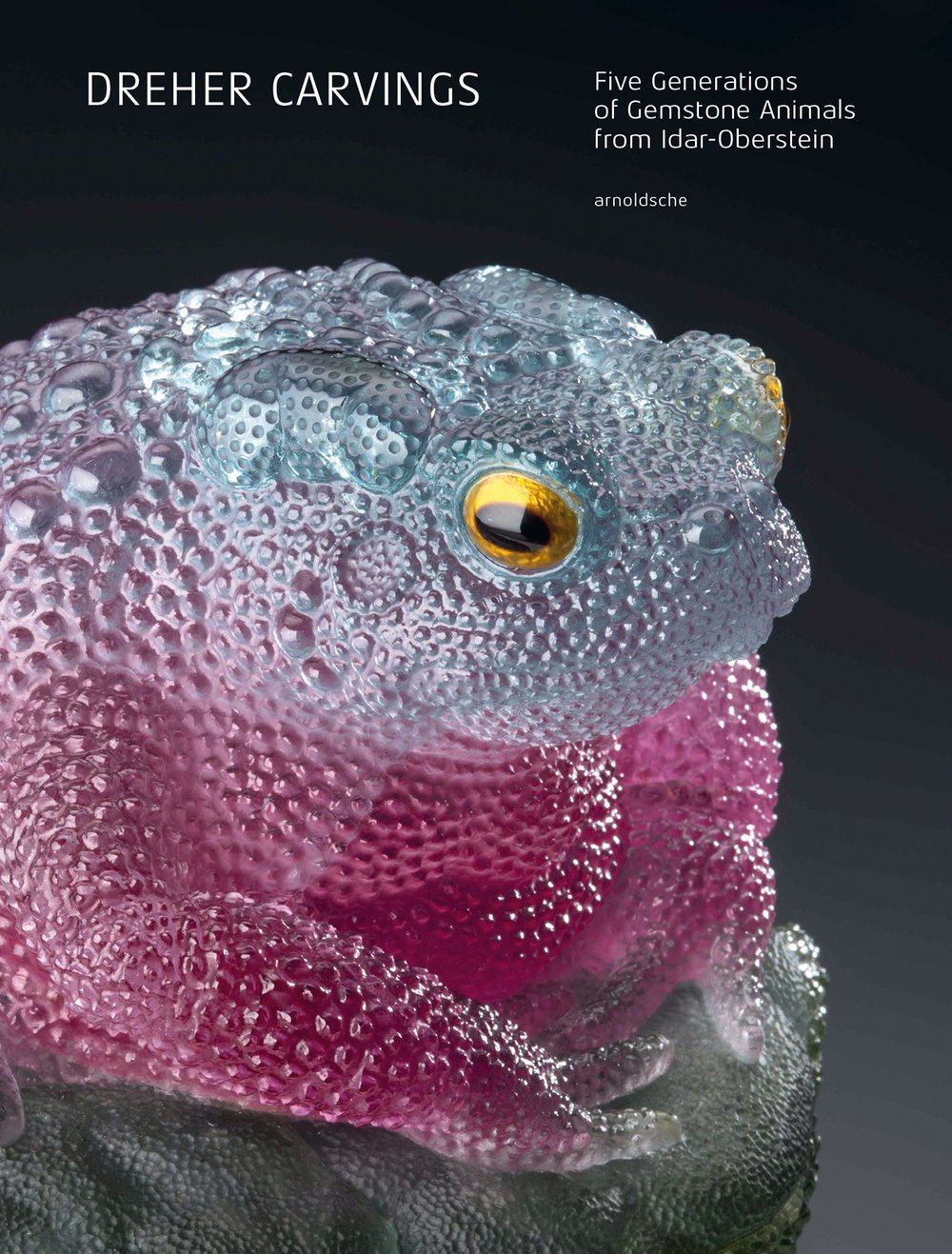Identification Guide to Grasses and Bamboos in Madagascar

Grasses and bamboos are part of the same botanical group, the grass family, also called Poaceae, a family with an estimated 12,000 species. Grasses occur throughout the world with similar diversity in the tropical and temperate regions, in all climates, and at all elevations. Madagascar is no exception. The grass family is the most economically important group of plants which has always been closely involved in people's lives. Grasses provide food: rice (Oryza sativa), maize (Zea mays), sugarcane (Saccharum officinarum), and breadwheat (Triticum aestivum) are all members of the grass family. Grasses also provide food for cattle and shelter as bamboo (e.g. Bambusa vulgaris) or bararata (Phragmites mauritianus), while the valiha (Valiha diffusa) is used to make musical instruments. Grasses are planted as lawns (e.g. Cynodon dactylon), planted to prevent erosion (e.g. Chrysopogon zizanoides), and planted as decorative hedges (e.g. Phyllostachys aurea, Pogonatherum paniceum).
Madagascar's grasses are still poorly known and many endemic species have only been recorded once or twice. More collections and records are necessary to understand the true diversity and species distribution. This guide hopes to encouragestudy and collecting of grasses by showing how beautiful and interesting these plants can be, and by providing a practical means of identification at the generic level.



